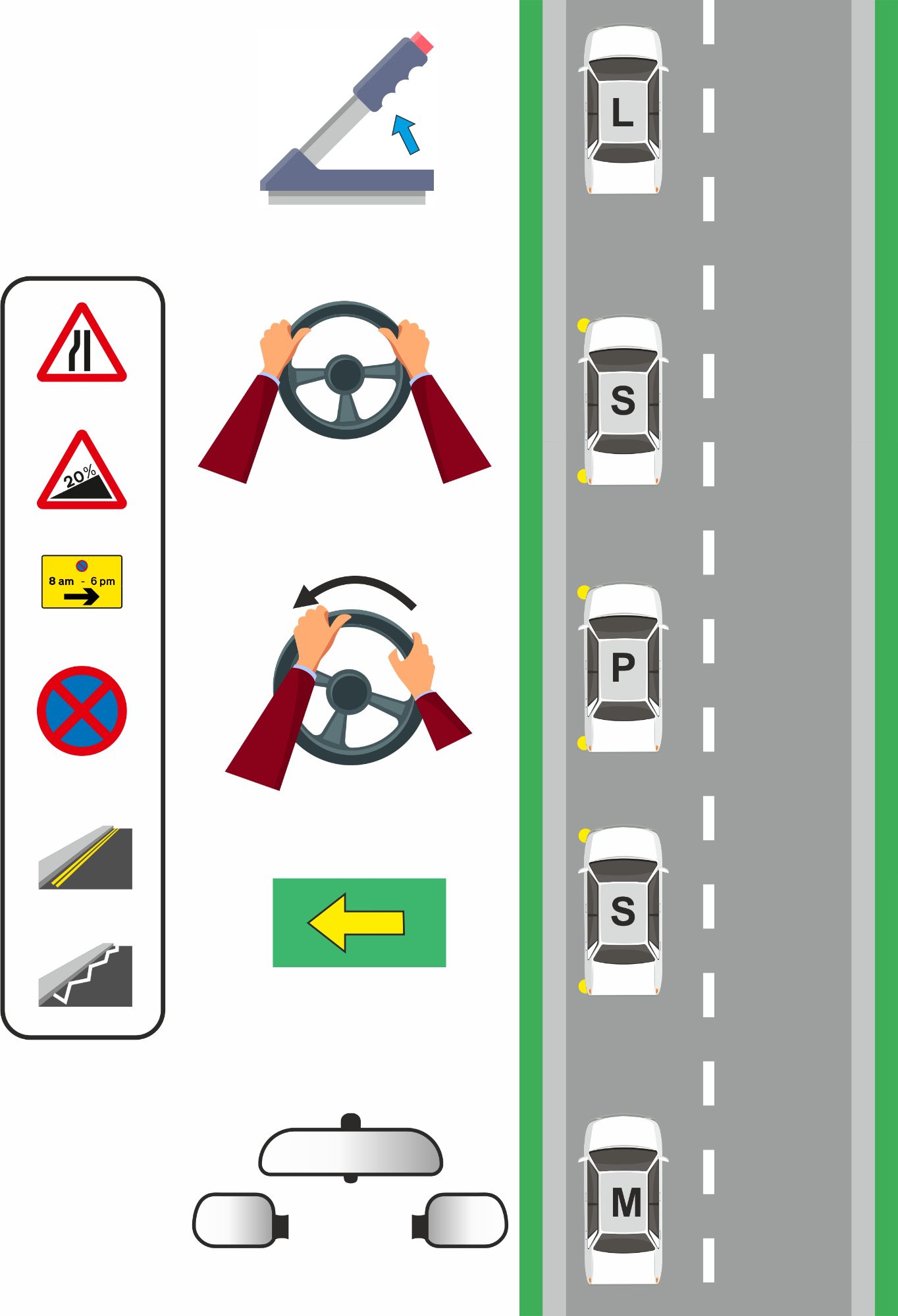ADI PART 3 Fully GUIDED INSTRUCTION
ADI Part 3 - What is Fully Guided Instruction?
ADI Part 3 Fully guided instruction, also known as commentary driving, is a method used in training aspiring driving instructors in the UK. In this approach, trainees provide a continuous verbal commentary as they drive, explaining their thought process, observations, and decisions in real-time.
Here's how it works:
Fully Guided Instruction
Narration of Actions: Trainees verbally describe what they are doing while driving, such as checking mirrors, signaling, changing lanes, and making turns.
This narration helps reinforce good driving habits and demonstrates proper technique.
In general people only learn when they are doing it, therefore you need to be telling the pupil what they need to do and when they need to do it.
Full Instruction - Explanation of Observations
Explanation of Observations: Trainees also articulate what they are observing on the road, such as other vehicles, pedestrians, road signs, and potential hazards.
This helps develop situational awareness and teaches trainees to anticipate and react to various driving scenarios.
Example - There is a lorry coming towards us, however, it is not over the centre white line, neither are we, so we can just maintain our position there is no need to move to the left

Fully Guided - Reasoning Behind Decisions
Reasoning Behind Decisions: Trainees explain why they are taking certain actions or making specific decisions while driving.
This includes factors like road conditions, traffic flow, speed limits, and safety considerations.
By verbalizing their reasoning, trainees learn to make informed judgments and teach their future students to do the same.
Feedback and Guidance
Feedback and Guidance: Instructors provide feedback and guidance based on the commentary provided by trainees.
They may offer suggestions for improvement, correct any errors or misconceptions, and reinforce best practices.
This personalized feedback helps trainees refine their driving skills and teaching techniques.


Demonstration of Teaching Skills
Demonstration of Teaching Skills: Commentary driving not only enhances the trainee's driving proficiency but also demonstrates their ability to effectively communicate instructions and concepts to others.
This skill is essential for teaching driving lessons and ensuring that students understand and apply the principles of safe driving.
The Importance of Fully Guided Instruction
Overall, commentary driving as part of fully guided instruction offers a structured and immersive learning experience for aspiring driving instructors in the UK.
It fosters a deeper understanding of driving principles, promotes critical thinking and decision-making skills, and prepares trainees to become competent and effective instructors.

Fully Guided Example
Pulling Up on the Left
What we are going to do when safe is to pull up on the left
We are looking in front to see if there are any road markings or reasons that it wouldn't be safe to such as zigzag lines or junctions, we can't see any so I'd like you check your centre and left mirror,
Signal down
Steer 10 o'clock - Steer 2 o'clock - Steer 12 o'clock
Cover the brake, cover the clutch, start gently braking
Clutch down to the floor, gently brake to a stop, keep your feet still, handbrake on and into neutral.
Cancel the signal and relax
Contact Us
Hours
Monday - Friday:
09:00 am - 6:00 pm
Saturday - Sunday:
10:00 am - 3:00 pm



